Supporting Joint Attention Skills from a Neurodiversity-Affirming Lens
Joint Attention Ideas
Joint attention refers to how people, in this case, children, coordinate attention between social partners concerning objects or events and involves initiating and responding to bids for the shared focus of gaze and action. It is a crucial developmental milestone that emerges in infancy and sets the foundation for more complex social communication skills. While joint attention difficulties are commonly seen in autistic individuals, a strengths-based approach recognises each person’s unique profile of skills and areas of support needed. This article explores joint attention and provides activity ideas grounded in appreciating neurodiversity. I wrote as I felt a previous post on attention autism didn’t fully capture the importance of making sure any work around joint attention is centred around the preferences of the child.
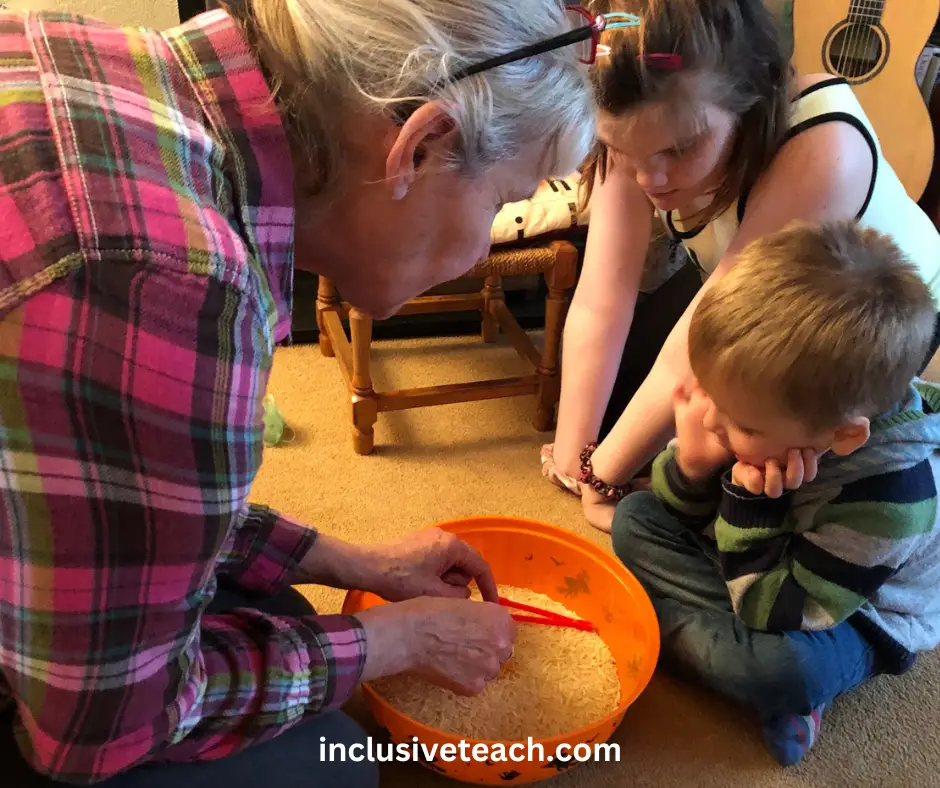
Understanding Joint Attention
Joint attention involves shifting eye gaze between an object or event and a social partner. It includes alternating eye gaze, pointing, showing behaviours as well as responding to others’ gestures. Joint attention emerges gradually in babies, progressing from responding to others’ movements to intentionally showing objects of interest to share the experience. By their second year, children demonstrate true joint attention involving coordinated eye contact, pointing, and verbalisation to initiate social interactions about interesting objects or events of shared focus.
Related skills like object permanence, imitation, understanding of others’ intents and perspectives, and social referencing gradually build on the foundation of joint attention. Joint attention plays a crucial role in language development by facilitating interactions centred around labelling objects and commenting on events. It also supports the development of social-emotional skills like joining in social games, recognising others’ emotional states, and empathising. Research demonstrates strong associations between joint attention abilities and language, social, and academic success.
Neurodiversity and Joint Attention
Autistic individuals commonly show differences in joint attention compared to neurotypical peers. This may involve less coordinated eye contact, pointing or showing behaviours. However, it’s crucial to recognise each person’s unique profile of skills and the accommodations needed for their success versus focusing on perceived deficits. A neurodiversity-affirming lens shifts our perspective to honour autistic ways of relating to the world rather than viewing them through a lens of typical social expectations. Do not ever force eye contact, get to know how the child shows their interest.
Even autistic children with marked challenges initiating joint attention often show abilities to respond to others’ bids for attention or engage in turn-taking interactions centred around highly motivating items or events of personal interest. Their capacity for social interaction may differ in manifestation from neurotypical social norms rather than reflecting a lack of ability on their part. A strengths-based view recognises each person’s range of communication modalities.
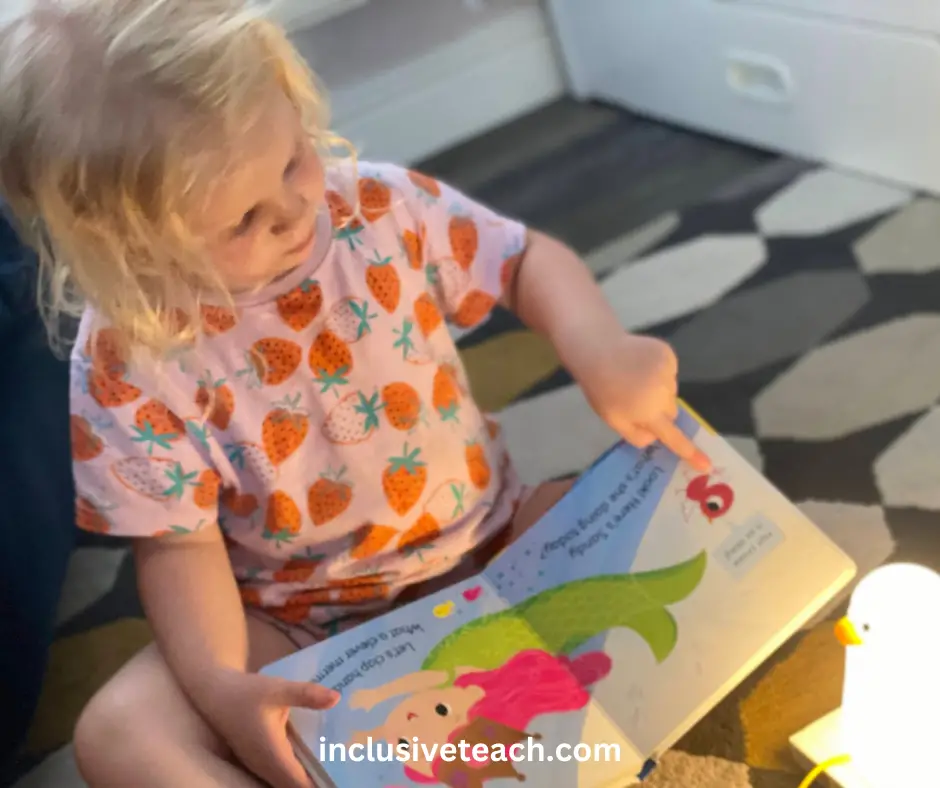
Strategies for Developing Joint Attention Skills
Individualised activities and routines offer authentic opportunities to practice joint attention daily in natural contexts, without singling out differences or imposing neurotypical social expectations. You can even use some of these ideas to broaden ranges of interests or develop strategies to get the child to attend to non-preferred tasks i.e teeth brushing. Stay attuned to each student’s profile of strengths and areas of support needed. Adapt activities flexibly based on their response rather than rigid steps. Make use of preferred items – regardless of age appropriateness, activities, games, and interactive styles.
Joint Attention Activities
Here are over 50 ideas for activities to support the development of joint attention skills through play:
- Time Delay Games – Pause an engaging activity briefly to gain the child’s attention before continuing.
- Spotlighting – Make an unexpected noise or movement to gain visual attention.
- Joint Line of Regard – Slowly shift preferred objects between you and the child.
- Face Tracking Games – Sing songs while making eye contact and silly faces.
- Mirror Play – Mimic facial expressions and movements back and forth.
- Peekaboo – Hide your face behind your hands then pop back out saying “Peekaboo!”
- Tickling Games – Tickle gently while making eye contact and smiling.
- Action Songs – Engage in songs involving body movements like “The Itsy Bitsy Spider.”
- Marching Band – Play simple instruments and bang drums together in rhythm.
- Cause and Effect Toys – Use toys that play music or light up with activation.
- Ball/Balloon Play – Take turns rolling, bouncing or blowing up and down.
- Fingerplays – Do familiar rhymes involving hand motions like “The Eensy Weensy Spider.”
- Messy Play – Pour, mix and squish materials together like rice, beans,play dough etc.
- Swinging – Take turns pushing and being pushed on the swings together.
- Read Aloud – Read familiar books with flaps or textures hands-on to explore.
- Sensory Bottles – Add interesting items like rice, buttons or confetti into bottles.
- Play-Doh – Mould creations together or take turns naming shapes.
- Painting – Paint at an easel or outside together on the driveway.
- Water Play – Pour, fill and empty containers at a water table.
- Cooking – Stir mixtures like pancakes or play dough together.
- Puzzles – Work on shape puzzles or matching games side by side.
- Building – Use blocks, lego bricks or magnatiles to construct designs.
- Games with Cards – Play simple memory, lotto or matching card games.
- Board Games – Take turns moving tokens together in interactive games.
- Play Food – pretend to cook, serve and eat toy realistic food items.
- Dress Up – Try on costumes and accessories together in the dressing-up bin.
- Toy Animals – Make realistic animal sounds petting stuffed friends.
- Bubbles – Kneel facing one another blowing bubbles back and forth.
- Parachute Play – Wave a parachute up high then drop it down fast together.
- Bean Bag Toss – Take turns tossing bean bags into a hoop or container.
- Playground – Take turns on swings, sliding or climbing structures.
- Ball Games – Roll, throw or kick balls back and forth adjusting the distance.
- Simon Says – Play familiar movement imitation games together.
- Indoor Obstacle Course – Set up a fun course with pillows, tunnels etc.
- Tumbling – Take tumbling turns on mats showing different body positions.
- Yoga – Do child-friendly yoga poses by copying videos together.
- Gymnastics – Take turns on equipment like balance beams, hoops etc.
- What’s the Sound? – Listen for environmental sounds and guess together.
- I Spy – Take turns spying details within sight and naming colours.
- Shape Hunt – Look around for shapes naming what you find together.
- Shadow Play – Make shadow puppets on the walls moving hands together.
- Flashlight Fun – Shine flashlights together hiding and finding objects.
- Play Tag – Play familiar chasing games together involving light touches.
- Catch – Play catch tossing items of differing sizes and weights.
- Animal Charades – Guess animals through body movements together.
- Freeze Dance – Dance and stop together when the music stops.
- Ring Toss – Toss rings, hoops or items onto bottles, sticks together.
- Jump Rope – Take turns jumping rope counting rhymes together.
- Twister – Play the familiar full-body twisting game coordinating.
- What Time is it Mr. Fox? – Play hot and cold directional chasing games.
- Picnic Snacks – Sit face to face taking bites of preferred foods.
- Play Dough Fun – Roll snakes, cut shapes or press cookie-cutters.
- Shape Sorters – Take turns placing shapes into proper openings.
- Felt Board Stories – Act out tales placing felts onto boards together.
- Puppet Show – Use hand or stick puppets telling familiar stories.

FAQs about Joint Attention
Q: When should I be concerned about my child’s joint attention skills?
A: If by 18 months a child shows limited or no coordinated eye gaze or pointing behaviours to share experiences, discuss your observations with their paediatrician. Milestones vary, so overall holistic development matters more than any single skill.
Q: What if my child doesn’t like eye contact?
A: That’s fine – many autistic individuals find eye contact uncomfortable. Look for their expression of interest via behavioural or auditory cues instead. Make activities themselves rewarding versus contingent on eye contact.
Q: How do I facilitate joint attention with a non-verbal child?
A: Follow their lead with highly preferred objects or activities to increase shared positive affect. Watch for engagement cues like focused gaze then comment to expand their attention span.
Q: What if my child loses interest quickly?
A: Keep activities fast-paced, interactive, and multi-sensory and use a variety of short segments versus prolonged unchanging routines. Rotating a selection prevents boredom while still practising key skills.
Q: My child is more independent – how do I encourage joint play with myself, siblings or peers?
A: Respect their independence but join actively in parallel play near them modelling turn-taking. Use verbal cues then wait expectantly for response without forcing interaction beyond their control and comfort levels.
Q: When is a good time to address joint attention in the classroom?
A: Teachers can implement activities throughout the day in both structured and naturalistic contexts versus isolated “lessons.” Play-based opportunities before, during and after lessons enable ongoing practice.

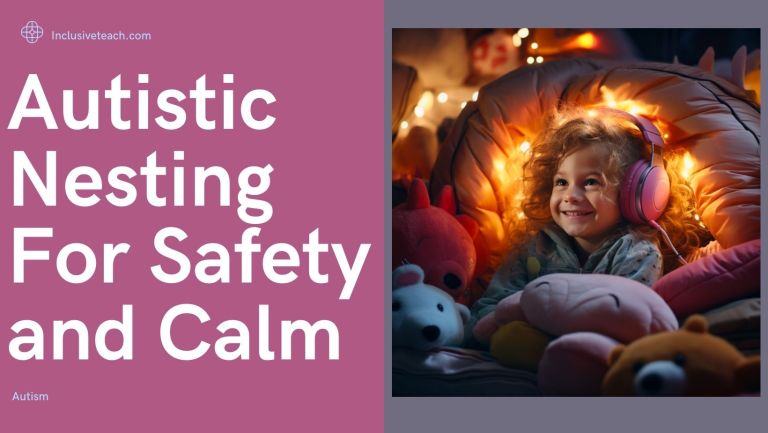
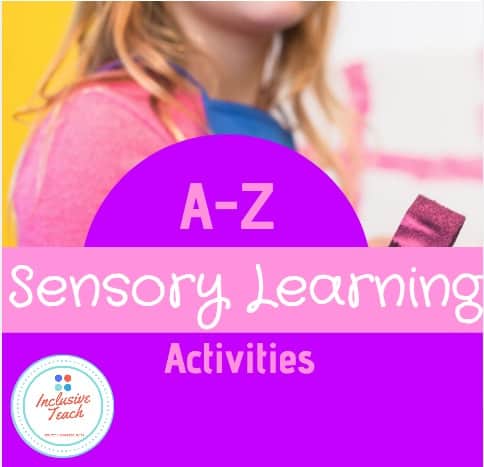

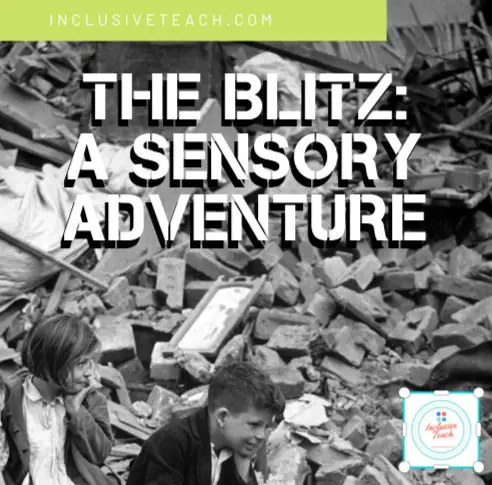
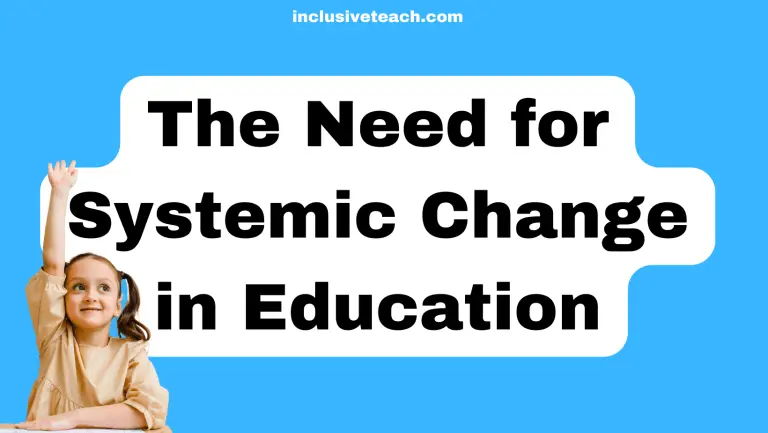
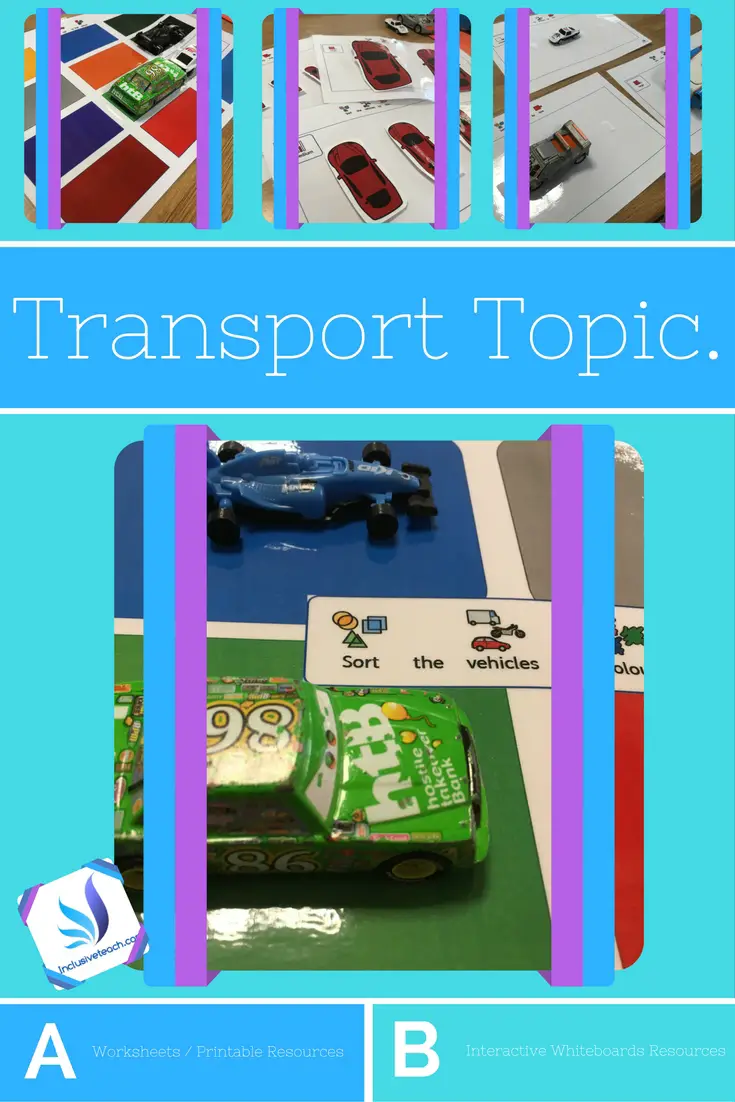
2 Comments